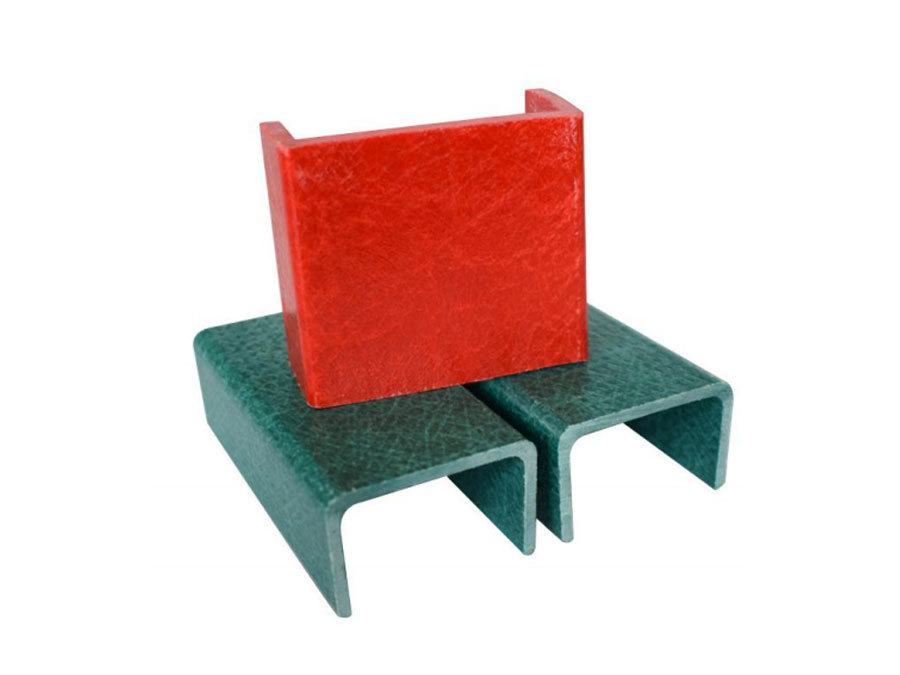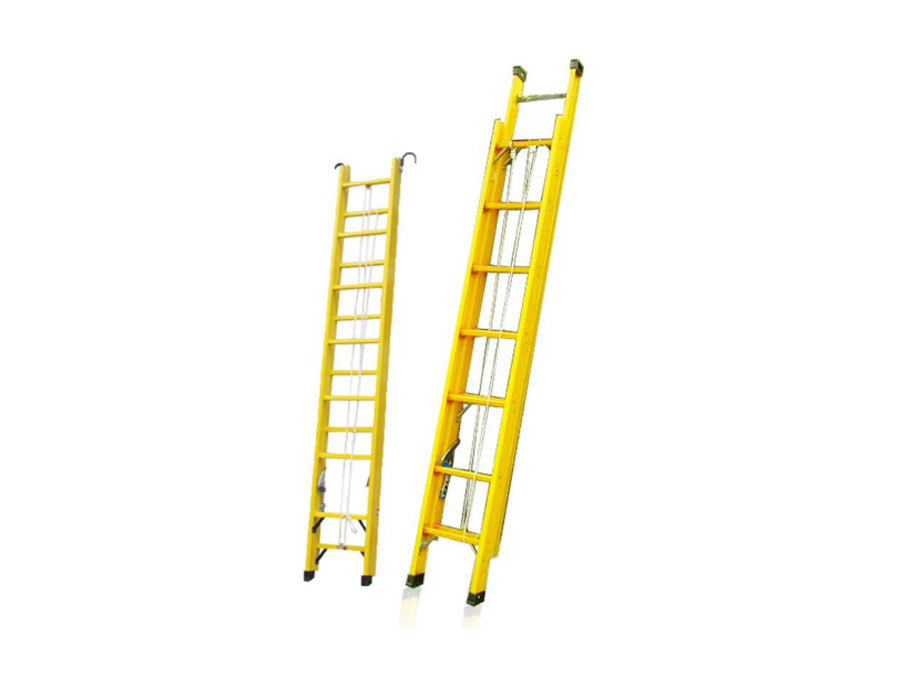Fast delivery
Global supplier
Innovative solutions
Exploring the Benefits of FRP Pultruded Profiles in Construction and Design
Jun 20,2025
FRP pultruded profiles, or fiberglass-reinforced plastic profiles, are increasingly popular in the construction and decorative materials industry due to their unique properties and advantages. These profiles are manufactured through a process called pultrusion, where continuous strands of fiberglass are pulled through a resin bath and then shaped into profiles using a heated die. The result is a lightweight, strong, and durable product that is ideal for various applications in construction and design.

One of the primary benefits of FRP pultruded profiles is their exceptional strength-to-weight ratio. Unlike traditional materials like steel or wood, FRP profiles are much lighter, making them easier to handle and install. This characteristic is particularly beneficial in construction projects where weight limitations are critical, such as in high-rise buildings or on bridges.
In addition to being lightweight, FRP pultruded profiles are highly resistant to corrosion and weathering. This makes them an excellent choice for outdoor applications or environments exposed to chemicals and moisture, such as wastewater treatment plants, marine structures, and industrial facilities. Their durability means that they require less maintenance over time, helping to reduce long-term costs for builders and property owners.
Another significant advantage of FRP profiles is their design flexibility. They can be manufactured in various shapes and sizes, allowing architects and designers to create unique and innovative structures. The aesthetic versatility of FRP means it can be tailored to meet specific design requirements, whether for decorative façades, structural components, or even furniture.
Moreover, FRP pultruded profiles contribute to sustainable building practices. They are often made from recycled materials and can be fully recyclable at the end of their life cycle. Using FRP can also lead to energy savings, as the lightweight nature of these profiles can reduce the overall load on structures, thereby minimizing the energy required for heating, cooling, and lighting.
In conclusion, FRP pultruded profiles represent a significant advancement in construction and design materials. Their strength, lightweight characteristics, corrosion resistance, design flexibility, and sustainability make them an ideal choice for a wide range of applications. By considering these innovative materials for your next project, you can achieve not only functional and durable results but also contribute to a more sustainable future in building practices. Whether you are an architect, engineer, or builder, understanding the benefits of FRP pultruded profiles can help you make informed decisions that enhance your projects while meeting modern demands for performance and environmental responsibility.
PREVIOUS:
Contact Us
Tel:
+86017717930013 +86013621742959
Email:
Address:
No.99 Denggao Road, Motou Town, Rugao City, Jiangsu Province, China.







